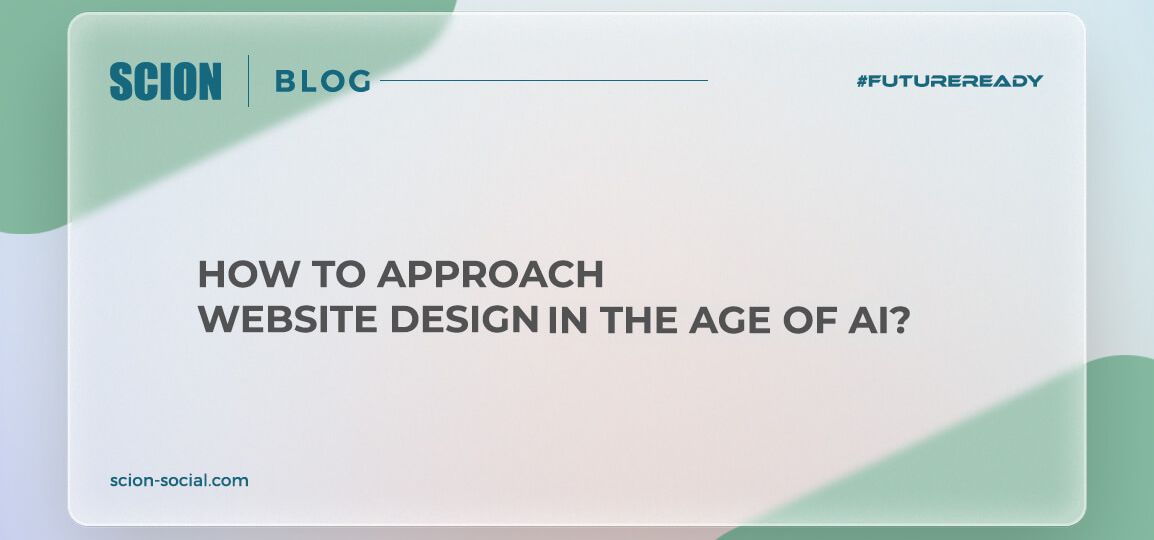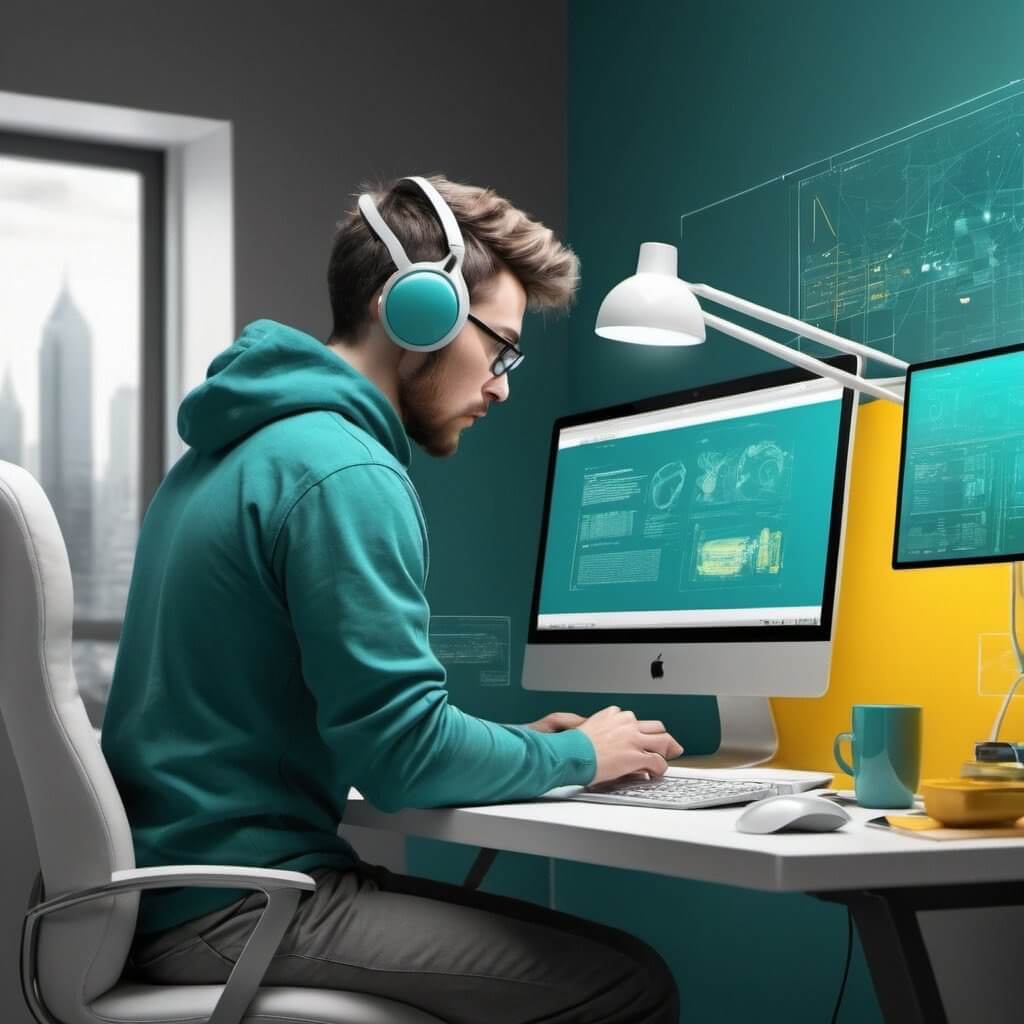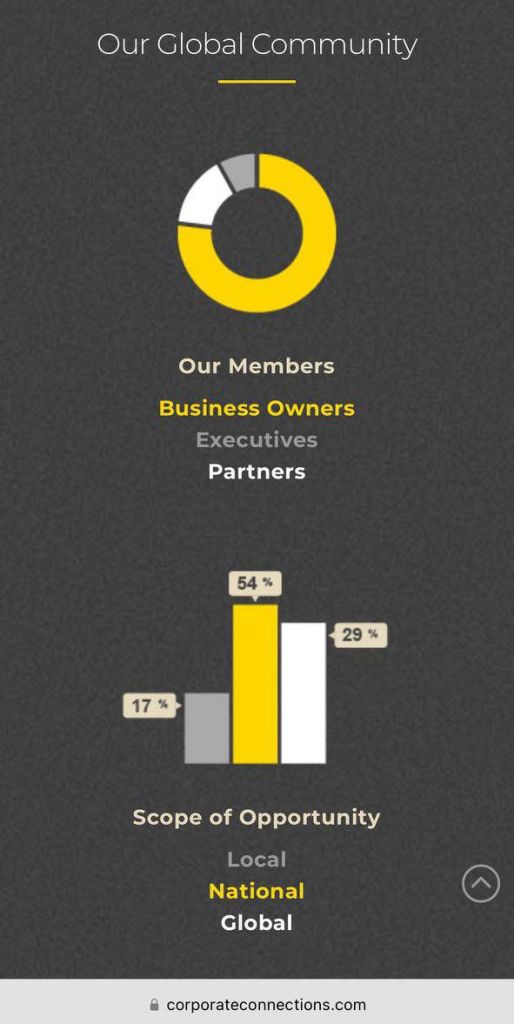
Welcome to a new era of website design. In this digital age, a website is no longer just an online brochure of a brand or an organization– it’s a dynamic platform that shapes user experience and drives conversions. With constant technological advancements, staying ahead of the curve is crucial!

Enter Artificial Intelligence (AI)- rapidly transforming the landscape of various fields including website design.
This blog explores the best ways to approach website design in 2024, offering insights into how you can best leverage the power of AI to create future-ready websites.
Jump directly to the topics:
1. Understanding Website Design
2. AI in Web Design
3. How AI is Disrupting Website Building
4. Top 5 Web Design (examples) That Just Make Sense
5. Steps to Implement AI in Your Website Redesign
6. Key Considerations for an AI-Driven Website Redesign
7. Future Trends
8. FAQs
Understanding Website Design: Building the Foundation
Before diving into the nitty gritty of how to get the best website designs, let’s establish a solid foundation of build one. Website design encompasses various critical areas:
- User Experience (UX): Which focuses on how users interact with your website. A well-designed UX ensures a smooth and intuitive experience, guiding users towards desired actions, like making a purchase or subscribing to a newsletter.
- User Interface (UI): This refers to the visual elements users interact with, including layout, buttons, fonts, and color schemes. A visually appealing and user-friendly UI creates a positive first impression and enhances UX.
- Responsive Design: In today’s multi-device world, your website needs to adapt seamlessly to desktops, tablets, and mobile phones. Responsive design ensures optimal viewing experiences across all devices.
Understanding these core concepts will allow you to appreciate how AI can enhance these aspects to create a great website.
On Desktop

On mobile

Stunning visuals and intuitive navigation are crucial aspects of web design, but a successful website goes beyond aesthetics and ease of use. It needs a strong foundation built on these key pillars, too:
- Content Strategy: Compelling content is the lifeblood of your website. It attracts visitors, informs them, and keeps them coming back for more. A well-defined content strategy ensures you’re creating content that resonates with your target audience and aligns with your overall goals.
When you are creating high-quality content, remember to add clear and compelling CTAs. - Data-Driven Decisions: Website analytics tools provide invaluable insights into user behavior, allowing you to identify areas for improvement. This data can be used to inform decisions related to:
- Conversion Rate Optimization (CRO): Which is the process of optimizing your website to increase the percentage of visitors who take a desired action, such as making a purchase, subscribing to a newsletter, or filling out a form. When you analyze website traffic and user behavior, CRO helps you identify and remove roadblocks that prevent visitors from converting.
- Website Analytics: This goes beyond conversion rates. Analytics tools provide a broad spectrum of data about your website visitors, including demographics, interests, and how they interact with your site. Understanding this data allows you to tailor your website content and marketing efforts for maximum impact.
AI in Web Design: The Power Behind the Magic
AI refers to the ability of machines to mimic human cognitive functions. In web design, this translates to tools and algorithms that automate tasks, analyze user behavior, and personalize user experiences.
Here are some ways AI is impacting web design:
- Automated Design & Development: Imagine AI generating website mockups, coding layouts, and even writing content based on your guidelines! AI can handle these repetitive tasks, freeing up creators’ time for more strategic and creative endeavors.
- Personalized User Experiences (UX):AI analyzes user behavior to understand preferences. This allows websites to personalize layouts, content recommendations, and product suggestions, creating a more engaging and relevant experience for each visitor.
- Smart Testing & Optimization: Gone are the days of manual website testing. AI can automate website testing, identify usability issues, and suggest A/B testing variations to optimize website performance.
How AI is Disrupting Website Building: A Paradigm Shift
AI is not just tweaking the edges of web design; it’s revolutionizing the entire process:
- From Scratch to Stunning in Seconds: Imagine AI tools that can generate website layouts and even write basic content based on your industry and target audience. This can significantly reduce development time and costs.
- A/B Testing on Autopilot: A/B testing involves creating different versions of a website element and measuring which one performs better. AI can automate this process, constantly testing and optimizing your website for maximum impact.
- Predictive Analytics for the Future: AI can analyze user data and trends to predict future design preferences. This allows you to stay ahead of the curve and create websites that resonate with users even before trends emerge.
Let’s explore real-world examples of AI-powered web design, delve into the steps to implement AI in your website redesign, and discuss key considerations for a successful AI-driven website.
Web Designs that JUST MAKE SENSE
Dynamic Layouts:
Adjust your website layouts based on user preferences and device types, ensuring a seamless experience across platforms.
On Desktop

On Mobile

A little motion for a lot of depth:
Adding small animations and graphics to your website will bring it to life. Motion is very important to direct the users to a section or emphasize the importance of it.
Google is also taking note of the small motion and graphics as part of the CWV metrics. This is to measure how long the user waits before the next interaction on the webpage.
Engagement and interaction:
Adding interactive elements to website design can have a significant impact in User Engagement, Conversions, Brand Identity, Data collection.
However, it’s important to remember:
- Balance is Key: Don’t overwhelm users with too many interactive elements. Prioritize features that align with your website’s goals and ensure they are intuitive and user-friendly.
- Accessibility Matters: Make sure all interactive elements are accessible to users with disabilities.
- Performance Matters: Ensure interactive features load quickly and function smoothly across different devices and browsers.
Steps to Implement AI in Your Website Redesign
Step 1.
Define Goals & Target Audience: Clearly define your website’s objectives and understand your target audience for effective AI integration.
Step 2.
Choose the Right AI Tools: Research AI tools that align with your specific needs – from design automation to content personalization.
Step 3.
Prioritize User Experience (UX): Don’t let AI overshadow user needs. Ensure all AI-powered features enhance UX and provide value to your visitors.
Step 4.
Test & Analyze: Continuously test and analyze the performance of your AI-integrated website, making adjustments as needed.
Key Considerations for an AI-Driven Website Redesign
- UI/UX Design: While AI can automate tasks, human expertise remains crucial for creative UI/UX design that conveys brand identity and fosters emotional connection.
- Content Optimization: AI can personalize content, but human oversight is still necessary for accurate information and compelling storytelling.
- Performance, Speed & Security: Ensure your AI tools don’t compromise website speed or security.
- Privacy: Be transparent about how user data is collected and utilized for AI-powered features.
Future Trends in AI and Web Design
- Predictive Design: AI algorithms will analyze user data and trends to predict future design preferences.
- Augmented Reality (AR) & Virtual Reality (VR): We can expect a rise in AI-powered AR/VR experiences integrated into websites for a more immersive user experience.
- Emotion Detection: AI will identify user emotions through facial recognition, allowing for hyper-personalized website experiences.
There you have it- what is web design without AI after all?
The rise of AI in web design is not a cause for alarm, but a call to action. It’s an opportunity for you and your web designers to shed the old-fashioned, mundane way and embrace the extraordinary.
AI is a powerful tool which helps designers free themselves to focus on what they do best: translate vision into reality, craft user experiences that resonate, and push the boundaries of creativity.
The future of web design isn’t human versus machine – it’s the harmonious collaboration between the two, shaping a digital landscape that’s both innovative and impactful. Are you ready to unleash your full potential?
Reach out to us if you want to learn more!
FAQs
Q: Will AI take over web design jobs?
A: AI is unlikely to completely replace web designers. Instead, it will automate repetitive tasks like code generation and layout suggestions, freeing up designers to focus on creativity, strategy, and the human touch that AI cannot replicate.
Q: How much does AI-powered web design cost?
A: The cost of AI-powered web design varies depending on the tools used and the complexity of your project. Explore both free and paid options to find the best fit for your budget. Some website builders offer basic AI features within their plans, while others might require additional subscriptions or plugins. Hiring a developer to implement custom AI features will likely be the most expensive option.
Q: I have no coding experience; can I still build a website with AI?
A: Yes! AI-powered website builders are emerging that can guide you through the process, even suggesting layouts and content based on your industry and target audience. While some coding knowledge might be beneficial for complex functionalities, AI can empower beginners to create functional websites.
Q: Should I prioritize design or content on my website, even with AI?
A: Absolutely! High-quality content remains crucial, as AI tools often rely on it for personalization and optimization. However, AI can significantly enhance design by suggesting layouts, color schemes, and user interface elements that resonate with your target audience.
Q: How can AI help with website SEO?
A: AI can analyze user search queries and browsing behavior to identify relevant keywords and topics for your website content. Additionally, AI can personalize meta descriptions and title tags for individual users, potentially improving search engine ranking.
